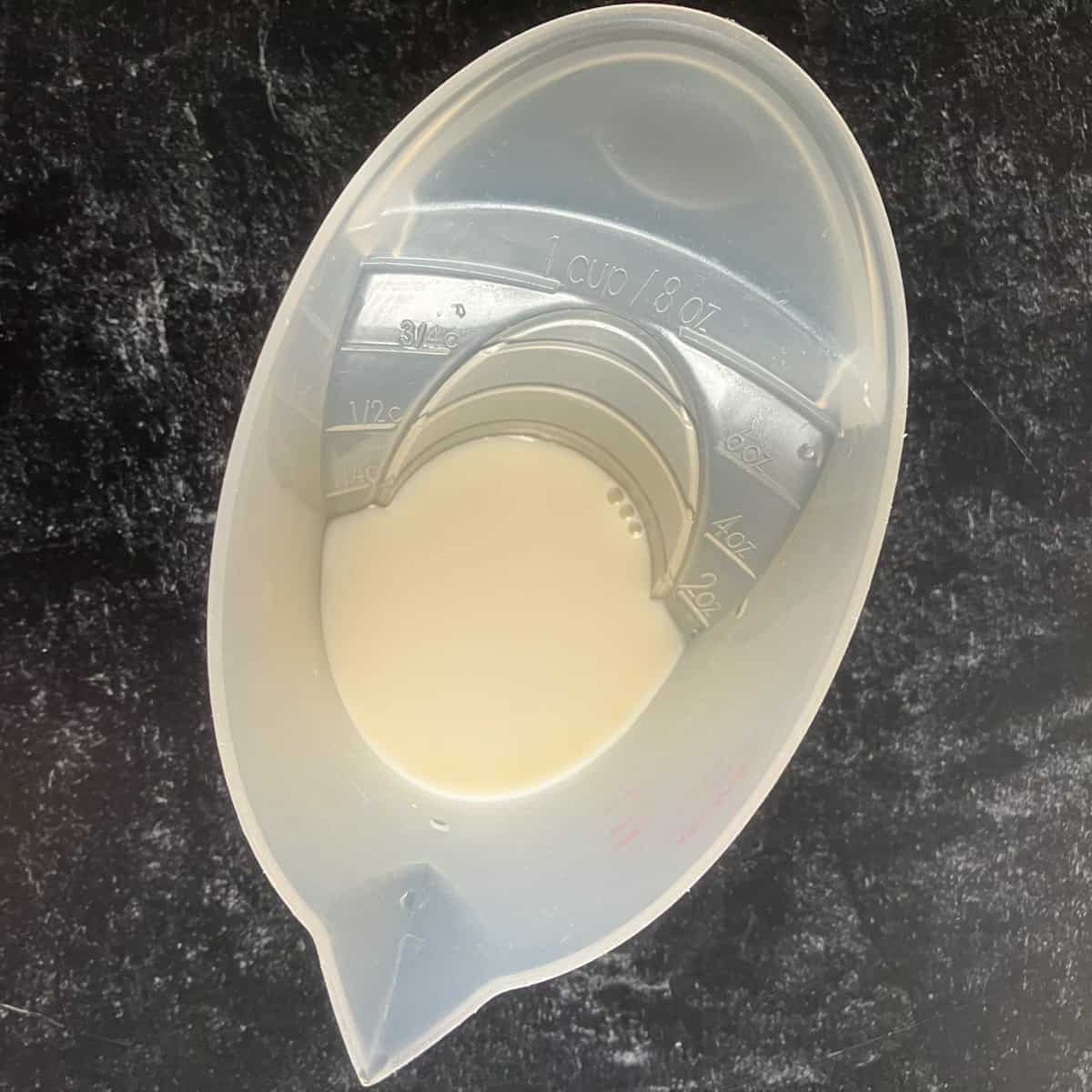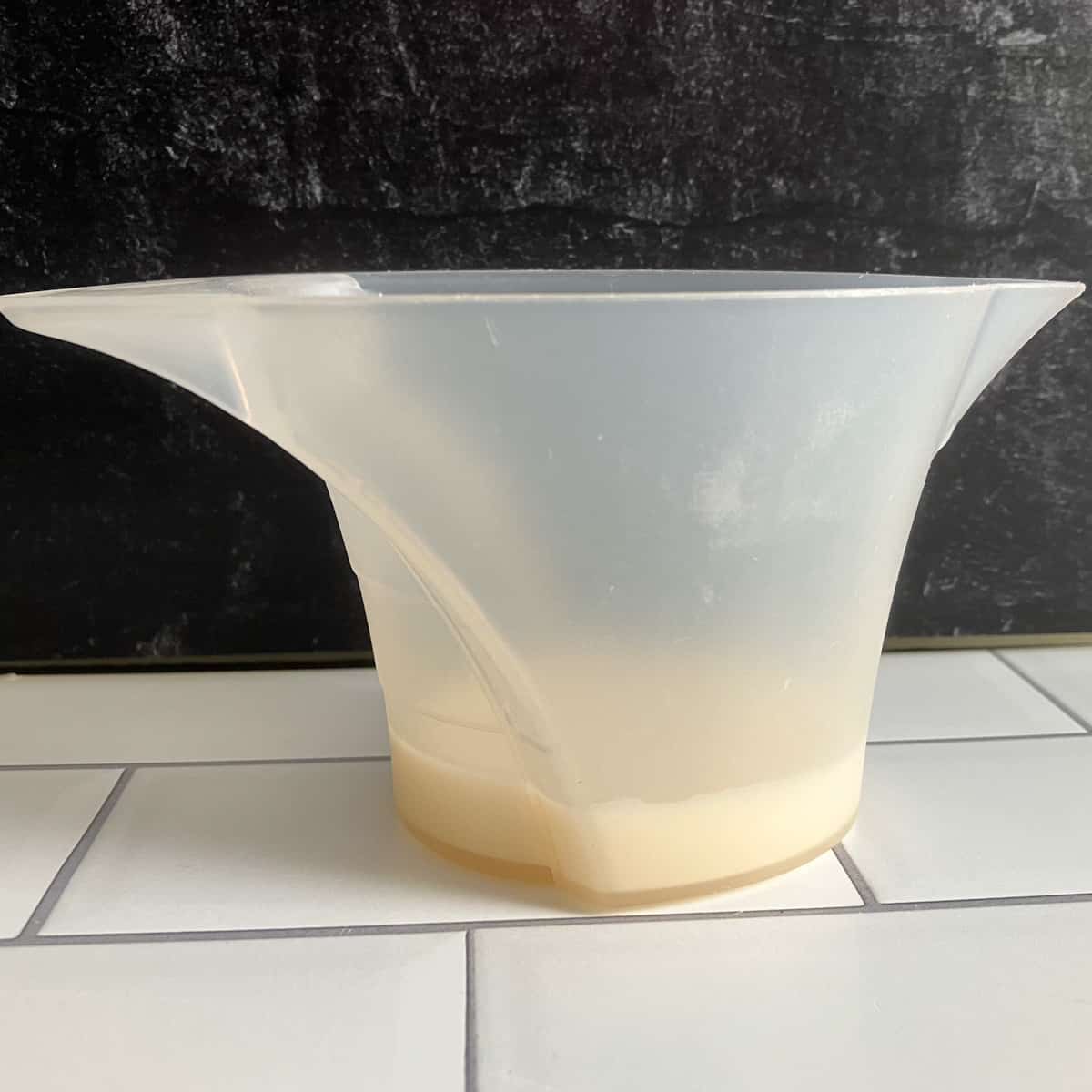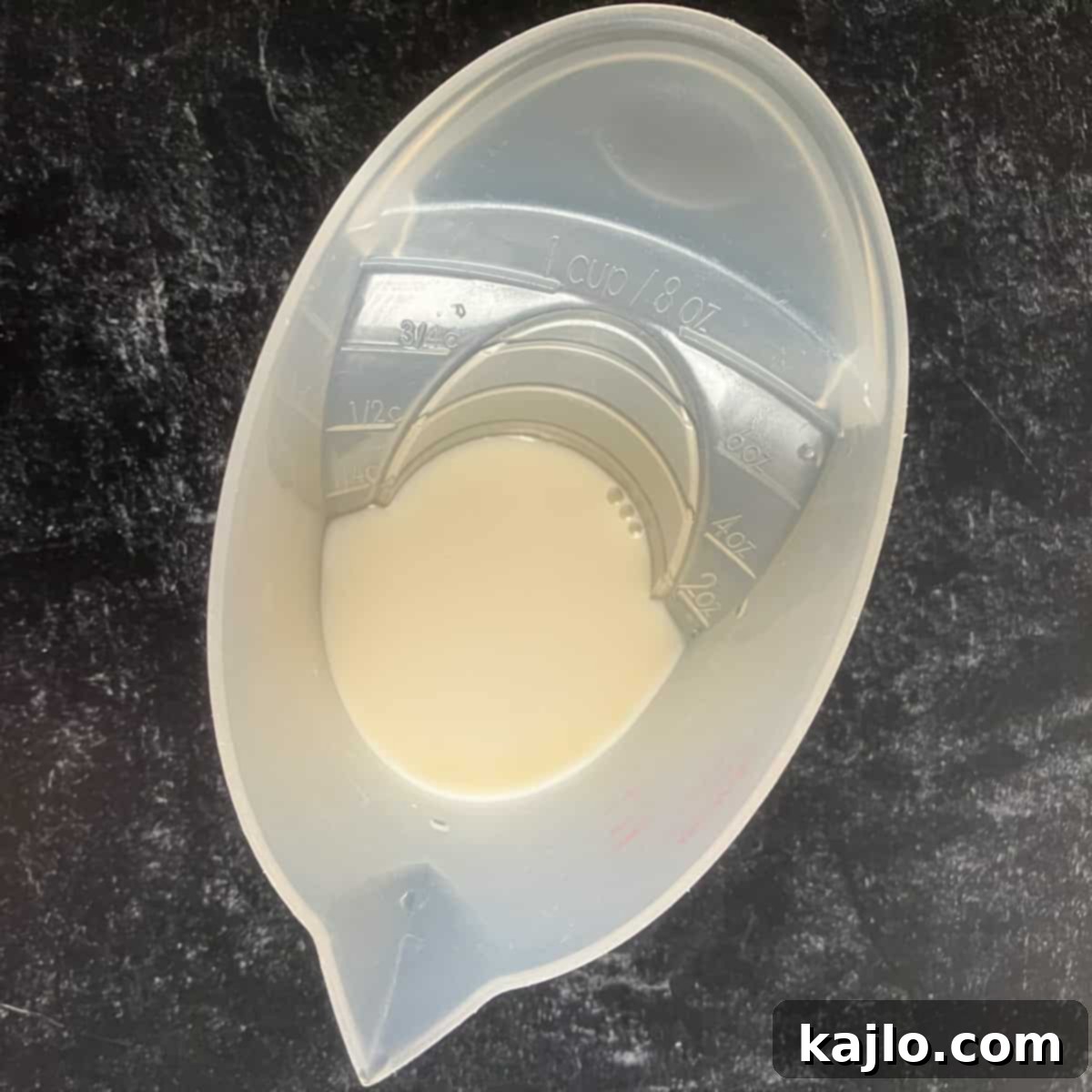Unraveling Measurements: How Many Ounces in 50 Milliliters?
Navigating the world of measurements can often feel like deciphering a secret code, especially when dealing with international recipes, scientific experiments, or even just understanding product labels. One of the most common conversions people search for is “50 ml to oz” – transforming milliliters, a metric unit, into fluid ounces, a unit primarily used in the US Customary System. This comprehensive guide will demystify this conversion, providing clear formulas, practical examples, and essential insights into why accurate measurements matter.

Understanding the Units: Milliliters vs. Fluid Ounces
Before diving into the conversion itself, it’s crucial to grasp what each unit represents. Understanding their origins and common uses will make the conversion process more intuitive.
What is a Milliliter (mL)?
A milliliter (mL) is a unit of volume in the metric system, which is the most widely used system of measurement globally. It is derived from the liter, where one liter equals 1,000 milliliters. Milliliters are commonly used to measure small quantities of liquids such as water, milk, cooking oils, perfumes, and medications. Its simplicity, based on powers of ten, makes it incredibly easy to scale and understand within the metric framework. For example, 50 mL is simply one-twentieth of a liter, or 50 cubic centimeters, making it a precise and straightforward unit for volume.
What is a Fluid Ounce (fl oz)?
A fluid ounce (fl oz) is a unit of volume primarily used in the United States Customary System (USCS) and, in a slightly different form, in the British Imperial System. Unlike milliliters, which are standard worldwide, fluid ounces have different values depending on the system. It’s essential to specify which type of fluid ounce is being referred to, as a “US fluid ounce” is not the same as an “Imperial fluid ounce.” This distinction is particularly important for those following recipes or instructions from different parts of the world. Fluid ounces are commonly used for measuring beverages, ingredients in recipes, and volumes of various liquids in everyday contexts.
The Core Conversion: 50 ml to US Fluid Ounces
When most people ask “how many ounces in 50 milliliters,” they are typically referring to the US fluid ounce. This is the standard measurement used in American recipes, nutritional labels, and everyday liquid volumes.
50 milliliters = 1.6907 US fluid ounces
To convert 50 ml to oz, you use a specific conversion factor. The formula for converting milliliters to US fluid ounces is:
(Number of Milliliters) / 29.5735 = Number of US Fluid Ounces
Applying this formula for 50 milliliters:
50 mL / 29.5735 ≈ 1.6907 US fl oz
This conversion is crucial for a wide range of applications, from cooking and baking with international recipes to understanding the volume of small cosmetic products or alcoholic beverages. Whether you’re measuring water, liquor, alcohol, perfume, or milk, this formula provides the precise conversion you need for the US Customary System.
Why Accuracy Matters for 50 ml to oz Conversion
In many culinary and scientific contexts, precision is paramount. A slight inaccuracy in converting 50 ml to oz can significantly impact the outcome. For instance, in baking, the precise ratio of wet to dry ingredients is critical for the texture and consistency of the final product. Similarly, in pharmaceutical or chemical applications, exact measurements ensure the safety and efficacy of compounds. Understanding and correctly applying the conversion factor ensures that your results are consistent and reliable every time.
Other Important Fluid Ounce Conversions for 50 mL
While the US fluid ounce is the most common, it’s vital to be aware of other fluid ounce definitions that exist globally and for specific applications.
Imperial Fluid Ounces
The Imperial fluid ounce is part of the British Imperial System, historically used in the United Kingdom and some Commonwealth countries like Canada and Australia. It is slightly different from the US fluid ounce. For those following older British recipes or products, this conversion is essential.
50 milliliters = 1.75975 Imperial fluid ounces
The conversion formula for Imperial fluid ounces is:
(Number of mL) / 28.413 = Number of Imperial Ounces
So, 50 mL / 28.413 ≈ 1.75975 Imperial fl oz.
US Legal Fluid Ounces for Nutrition Labels
For nutrition labeling in the United States, the Food and Drug Administration (FDA) uses a slightly different standard for fluid ounces, especially when determining cup sizes. A US legal cup is defined as 240 mL, which implies a conversion factor of 30 mL per fluid ounce for labeling purposes.
50 milliliters = 1.6667 US Legal fluid ounces
This means for nutrition labels:
50 mL / 30 mL/fl oz ≈ 1.6667 US Legal fl oz
While this value is close to the US Customary System’s fluid ounce, it’s a specific standard for consumer information and highlights the subtle complexities in measurement conversions. Understanding these nuances helps in accurate interpretation of product information.
Quick Reference: 50 ml to oz Conversion Chart
For quick reference and to avoid constant calculator use, here’s a conversion chart showing how many oz is 50 ml and other common millimeter to US fluid ounce conversions. These values are rounded for practical use, making them perfect for everyday cooking and baking.
| Milliliters (mL) | US Fluid Ounces (fl oz)* |
|---|---|
| 10 mL | 0.33814 |
| 15 mL | 0.50721 |
| 20 mL | 0.67628 |
| 25 mL | 0.84535 |
| 30 mL | 1.01442 |
| 40 mL | 1.35256 |
| 50 mL | 1.6907 |
| 100 mL | 3.3814 |
| 150 mL | 5.0721 |
| 200 mL | 6.7628 |
| 250 mL | 8.4535 |
| 500 mL | 16.907 |
| 750 mL | 25.3605 |
| 1000 mL | 33.814 |
Frequently Asked Questions About 50 ml to oz
Here are answers to some of the most common questions regarding 50 ml conversions and related measurements.
How much is 50 ml?
50 ml is equivalent to 50 milliliters, which is a metric unit of volume. It is a relatively small volume, often encountered when measuring ingredients for recipes, essential oils, or small beverage servings.
What size is 50 ml?
In terms of physical size, 50 ml is quite small. It’s roughly the volume of a standard small shot glass, or about one-fifth of a typical US measuring cup (which is 250 ml). Visually, it can be compared to the volume of a miniature perfume bottle or a small travel-sized container.
Is 50 ml one oz?
No, 50 ml is not equal to one ounce. As established, 1 US fluid ounce is approximately 29.57 ml. Therefore, 50 ml is considerably more than one ounce, specifically around 1.69 US fluid ounces.
Is 50 ml 1.7 oz?
Yes, 50 ml is approximately 1.7 ounces when rounded to one decimal place. The more precise conversion is 1.6907 US fluid ounces.
How many ounces is 50 ml of alcohol?
Whether it’s alcohol or any other liquid, the volume conversion remains the same. 50 ml of alcohol is approximately 1.69 US fluid ounces. This conversion is important for bartenders, mixologists, and anyone monitoring their intake of alcoholic beverages.
Is 50 ml one shot of alcohol?
In the United States, a standard “shot” of alcohol typically ranges from 1.25 to 1.5 US fluid ounces. Since 50 ml converts to about 1.69 US fluid ounces, 50 ml is slightly larger than a typical single shot. Some establishments might serve shots closer to 50 ml, but it’s generally considered a generous pour.
Is 50 ml the same as ¼ cup?
No, 50 ml is not the same as ¼ cup. A standard US cup is 236.588 ml (or 240 ml for legal/nutrition purposes), so ¼ cup is approximately 59 ml (or 60 ml). Therefore, 50 ml is slightly less than ¼ cup. This distinction is crucial for recipes where precise liquid measurements are required.

How much is 50 ml of water?
For water, the conversion between volume and mass is very straightforward due to its density. At room temperature, water has a density of approximately 1 gram per milliliter. Therefore, 50 ml of water weighs approximately 50 grams. While temperature and pressure can cause slight variations, this is a highly accurate approximation for most practical purposes.
How can I measure 50 ml at home?
Measuring 50 ml accurately at home is simple with the right tools. The easiest way is to use a liquid measuring cup that includes milliliter markings. Alternatively, you can use measuring spoons; 50 mL is approximately equivalent to 3 tablespoons (Tbsp) plus 1 teaspoon (tsp), as 1 Tbsp is roughly 15 mL. If using a kitchen scale, you would need to know the density of your specific ingredient to convert its volume to grams, but for water, 50 ml equates to 50 grams.
What is 50 ml to cups?
As discussed, a US cup is approximately 236.588 ml. Therefore, 50 ml is approximately 0.21 cups. This means 50 ml is a bit less than a quarter of a cup.
What is 50 ml to tbsp?
A standard US tablespoon is approximately 14.79 ml. Using this conversion, 50 ml is approximately 3.38 tablespoons. For practical cooking, this is often rounded to about 3 tablespoons and 1 teaspoon, as 1 teaspoon is about 4.93 ml.
What is 50 ml to grams?
The conversion of 50 ml to grams depends entirely on the density of the substance being measured. For water, 50 ml is 50 grams because its density is close to 1 g/mL. However, for substances like flour, oil, or honey, their densities differ, meaning 50 ml would correspond to a different weight in grams. Always use a specific density chart for accurate conversions between volume (ml) and mass (grams) for non-water liquids or solids.
Additional Measurement Resources
If you found this guide on how many ounces in 50 ml helpful, explore our other comprehensive measurement conversion articles to further enhance your culinary and scientific precision:
- 8 oz to mL Conversion Guide
- 12 oz in mL: Your Ultimate Conversion Tool
- How Many Cups are a Pound? Unpacking Weight to Volume
- 150 mL to Cups: Quick and Easy Steps
- How Many Teaspoons in 1/8 Cup? Perfecting Small Measures
- How Many Teaspoons in a Cup? A Complete Guide
- 8 Ounces to Cups Conversion for Every Kitchen
- How Many Tablespoons in ¼ Cup? Essential Baking Tips
Conclusion
Mastering the conversion from 50 ml to oz is a valuable skill, whether you’re a home cook, a budding scientist, or simply trying to understand product labels. We’ve explored the differences between US Customary, Imperial, and US Legal fluid ounces, providing clear formulas and practical applications. Remember that 50 milliliters approximately equals 1.69 US fluid ounces, a key fact for many everyday scenarios. With this detailed guide, you can confidently convert volumes and ensure accuracy in all your measurements. Happy converting!
Join our community! Subscribe for all of the latest and greatest recipes, and follow me on Facebook, Pinterest, Instagram, and YouTube!
